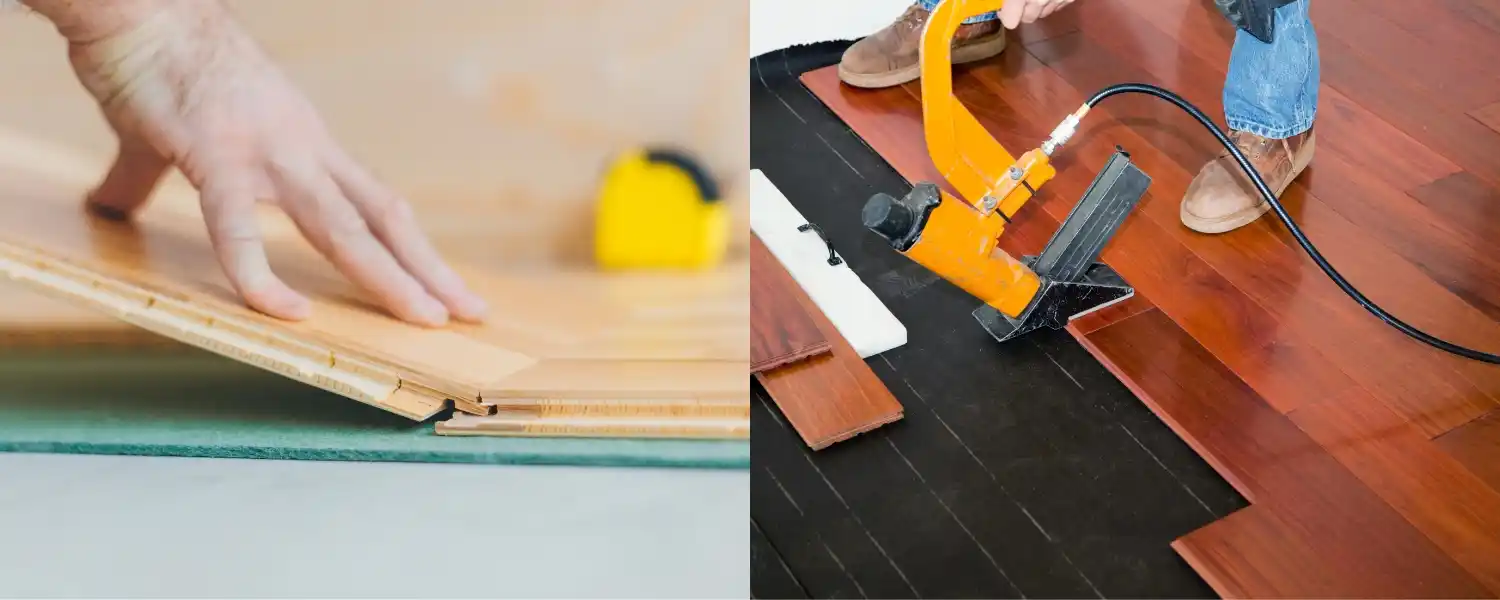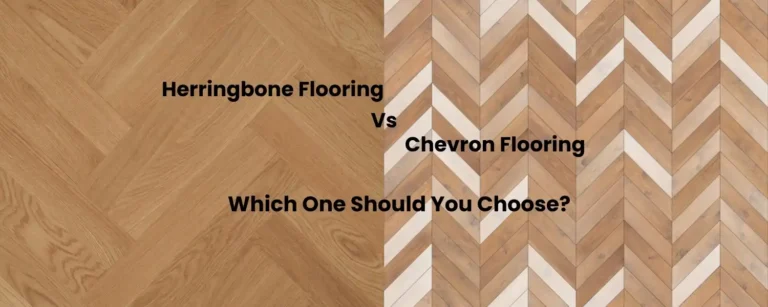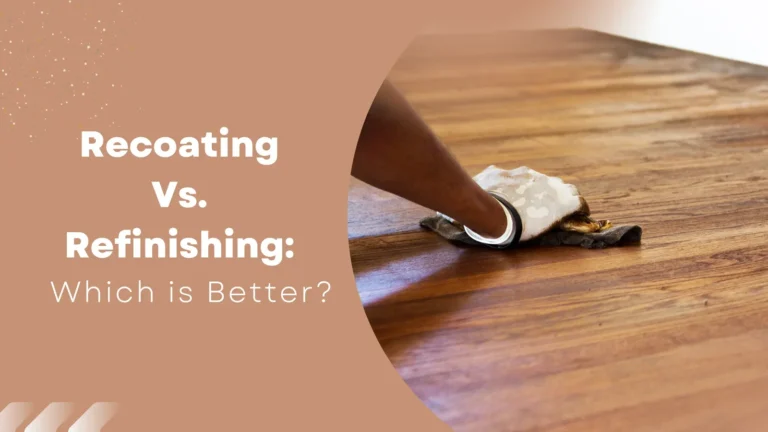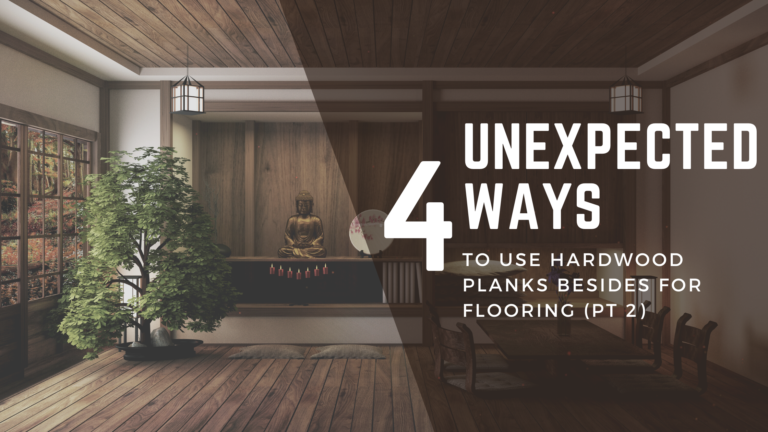Choosing Between Floating vs Nail Down Engineered Hardwood Installation
Are you a commercial home builder or an ambitious DIY homeowner? The best way to upgrade your home with engineered hardwood but need help choosing between floating vs nail-down methods? Deciding on the right installation technique is crucial for the beauty and durability of your residential wood floors. This seemingly simple decision influences your home’s overall ambiance and practicality, so you’ll want to study and apply the knowledge, tips and tricks that certified contractors and expert home builders employ daily. Have you ever wondered which option suits your lifestyle and home’s needs? Join us as we dig out the essential facts gleaned from decades of home construction industry expertise, making your selection process clear and straightforward. Prepare to transform your space into an architectural and design marvel and confidence.
Understanding Engineered Hardwood Flooring?
What is Engineered Hardwood Flooring?
Engineered hardwood flooring is a widely chosen and flexible wood floor option praised by interior design experts and DIY buffs. It combines hardwood’s attractiveness with extra durability and flexibility. It is a composite product of several layers of wood veneer, with a top layer of genuine hardwood veneer bonded to plywood or high-density fiberboard (HDF).
Learn more about engineered hardwood flooring in our comprehensive blog, “What is Engineered Hardwood Flooring?“
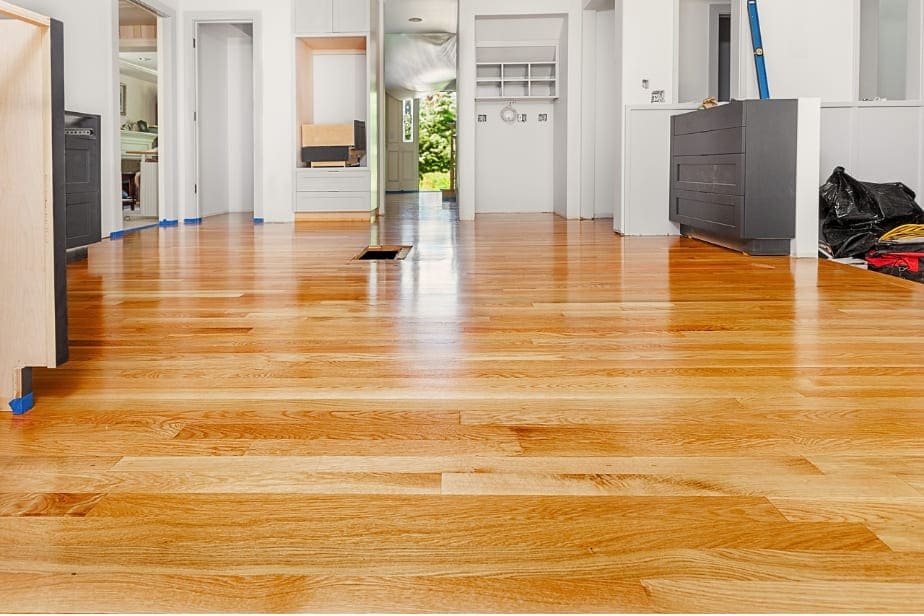
Importance of the Right Installation Method
The installation method you choose plays an important role in the performance and longevity of your flooring. Selecting the appropriate installation method ensures long-lasting wood floors with optimal stability, durability and aesthetic appeal. It’s crucial to consider many factors when determining the installation method.
Understanding the Floating Installation Method
What is the Floating Installation Method
Manufacturers commonly use the floating installation method for engineered hardwood flooring. This innovative modern wood flooring installation method involves connecting the finished or prefinished floor planks over an underlayment without fastening them to the subfloor. Instead of using nails or adhesive, the manufacturers join the planks using a locking mechanism.
How to Install Using Floating Installation Method?
The floating installation method is a flexible approach to installing engineered hardwood flooring that doesn’t require fastening it to the subfloor. Instead, the planks are interlocked and placed over an underlayment, providing stability and flexibility. Here’s a step-by-step explanation of how to install engineered hardwood using the floating method:
- Preparation: Ensure the subfloor is clean, level and dry to create a solid foundation for the hardwood installation.
- Acclimation: Allow the hardwood planks to adjust to the room’s humidity and temperature, reducing the risk of future expansion or contraction.
- Layout: Plan the placement of the planks, considering orientation of specialty pattern (e.g. chevron, herringbone), room dimensions and interior design to achieve the desired look and functionality.
- Interlocking: Fit the tongue of one plank into another groove, securing it to create a smooth surface.
- Expansion Gaps: Leave small gaps around the room’s edges and near fixed objects to accommodate the wood’s natural movement.
- Trimming: Use appropriate tools to cut the planks to the correct size for the final row, ensuring a snug fit against walls and obstacles.
- Finishing: Install trim to cover any gaps and provide a polished appearance. Optionally, you can apply stain or sealant, particularly on unfinished or prefinished wood surfaces, for added protection and aesthetic enhancement.
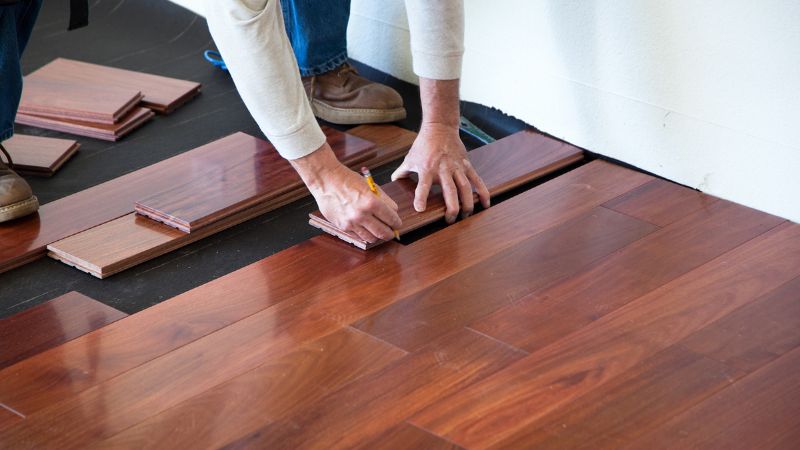
Advantages of Floating Installation
Ease of Installation
Floating installation is easy and convenient, making it ideal for professionals and DIY enthusiasts, and thus highly recommended by home improvement retailers. The planks have designs that will interlock easily, so you don’t need specialized tools and skills.
Suitable for DIY enthusiasts
One main advantage of floating installations is that DIY enthusiasts can perform them relatively easily. With proper preparation and guidance, homeowners can install it themselves and save on labor costs to obtain luxury wood flooring at more affordable prices.
Less Damage to Subfloor
Floating installation doesn’t require nails or adhesive to attach the planks to the subfloor, so the underlying surface is minimally damaged. It makes floating installation a great choice for residential floor spaces where maintaining the subfloor’s integrity is essential.
Disadvantages of Floating Installation
Limited Longevity
Although floating installation is convenient and flexible, its lifespan is shorter than that of nail-down methods. The lack of direct attachment to the subfloor can increase wear and tear over time, particularly in kid-friendly or pet-friendly rooms or other high-traffic household areas.
Potential for Movement and Noise
One drawback of floating installations is the possibility of movement and noise. Due to the lack of firm fastening to the subfloor, the planks may shift or creak when walked upon, especially in upstairs rooms or hallways with heavy foot traffic.
Exploring Nail-Down Installation
What is Nail-Down Installation
Nail-down installation is a traditional method for securing engineered hardwood to the subfloor. It involves directly nailing or stapling engineered hardwood planks to the subfloor. This method creates a strong bond between the flooring and the subfloor, minimizing movement and ensuring a durable and long-lasting installation.
How Nail-Down Installation Works
Nail-down is a reliable and traditional method for securing engineered hardwood flooring. This process involves penetrating nails or staples through the planks into the subfloor, creating a sturdy and permanent attachment. Here’s an explanation of installing engineered hardwood using the nail-down method:
- Preparation: Ensure the subfloor is clean, level and debris-free for a stable foundation.
- Acclimation: Allow the engineered hardwood planks to adjust to the room’s temperature and humidity for 48 to 72 hours.
- Layout: Plan the arrangement of the hardwood planks and use spacers to maintain consistent gaps.
- Fastening: Secure each plank to the subfloor by driving nails or staples at an angle through the tongue.
- Finishing: Fill any visible nail holes with wood filler, sand the surface to smooth out imperfections and apply a scratch-resistant and water-resistant wood floor finish like a stain or sealant.
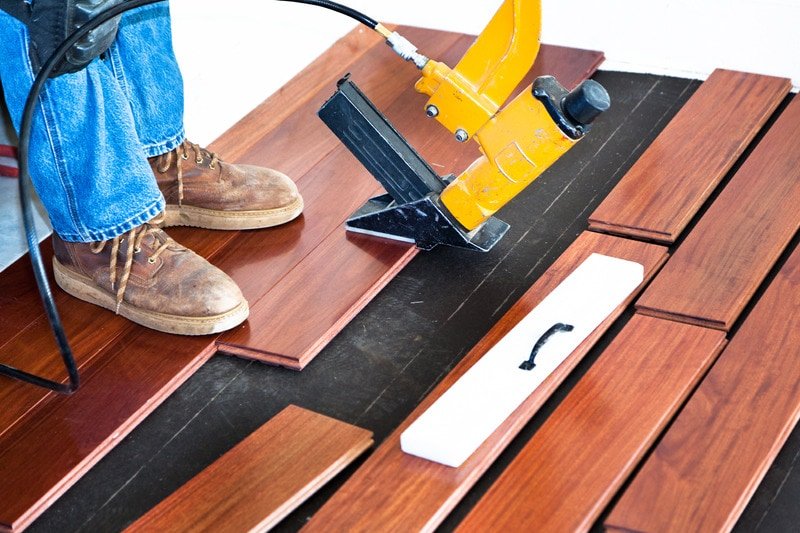
Advantages of Nail-Down Installation
Enhances Stability
The nail-down installation provides excellent stability to engineered hardwood flooring. Securely fastening the planks directly to the subfloor prevents movement and shifting over time, resulting in a solid and reliable floor surface.
Longer Lifespan
The secure bond created by nail-down installation extends the lifespan of engineered hardwood flooring. With proper maintenance, floors installed using this method can withstand daily wear and maintain their appearance for many years.
Reduced Risk of Movement and Noise
Unlike floating installations, which are prone to movement and noise, nail-down installations provide quieter and more stable flooring solutions. The direct attachment of the planks to the subfloor reduces the likelihood of creaking or shifting underfoot, creating a quieter and more comfortable living environment.
Disadvantages of Nail-Down Installation
Requires Professional Installation
Nail-down installation may require the expertise of professional installers due to the specialized tools and techniques involved. While DIY enthusiasts may attempt this method, getting optimal results may require certified expert contractor assistance.
Potential Damage to Subfloor
Driving nails or staples into the subfloor during nail-down installation can cause damage, particularly on uneven surfaces. Careful preparation and skilled installation techniques are essential to minimize the subfloor damage risk.
Not Ideal for all Subfloor Types
Nail-down installation may not be suitable for all subfloor types. For example, we do not recommend it for concrete subfloors or radiant heating systems. Therefore, assessing the subfloor and consulting with flooring industry experts is essential to determine the appropriate installation method.
Learn to install engineered hardwood on concrete subfloor from our comprehensive blog, “Installing Engineered Hardwood On Concrete.“
Factors to Consider When Choosing Between Floating and Nail-Down
Several factors are involved in deciding between floating and nail-down installation methods for engineered hardwood flooring. Understanding these factors will help you make an informed decision that suits your needs and preferences.
Subfloor Type and Condition
Subfloor type and condition are important factors when selecting an installation method. Different subfloor materials require specific techniques to ensure stability and durability. Additionally, the subfloor’s condition, including its flatness and stability, directly affects the success of the chosen method.
Room Location and Function
The location and function of the room are key factors when selecting the installation method. For example, areas with high moisture levels, like basements, are better suited for floating installation. Conversely, rooms with heavy foot traffic or large furniture require nail-down installation. Considering the room’s specifications is essential for optimal flooring performance and durability.
Budget Consideration
Consider your budget when deciding between floating and nail-down installation methods. Though floating installation is initially more affordable, the nail-down method requires less long-term maintenance.
Making the Right Choice: Elevate Your Space with the Perfect Engineered Hardwood Installation Method
When comparing floating and nail-down installation methods for engineered hardwood flooring, it is important to consider several key factors. While floating installation provides convenience and flexibility, it may sacrifice long-term durability and stability. Conversely, nail-down installation enhances durability and stability but often requires professional assistance and a higher upfront investment.
Are you looking for premium engineered hardwood flooring options? Villagio Wood Floors is a California-based company that offers retailers high-quality, durable and visually appealing solutions in multiple states. We are committed to providing versatile and affordable flooring options. Explore our extensive collection today and browse hundreds of trending traditional and contemporary wood floor samples to obtain the perfect combination of durability and style to meet your customers’ needs.
Floating vs Nail Down Engineered Hardwood – FAQs
Can I install engineered hardwood flooring myself, or do I need to hire a professional installer?
You can install engineered hardwood flooring, especially using the floating method. However, nail-down installation usually requires professional expertise due to the specialized tools and techniques. Assess your skill level and comfort before deciding whether to do it yourself or hire a construction or flooring professional.
What are the environmental benefits of choosing engineered hardwood over solid hardwood?
Engineered hardwood flooring offers several environmental benefits compared to solid hardwood. It uses fewer natural resources during production and is often sourced from sustainably managed forests, reducing its environmental impact.
Can engineered hardwood flooring be installed in basements or below-grade areas?
Yes! It is possible to install engineered hardwood flooring in basements or below-grade areas. We recommend the floating installation method for these environments. It offers better moisture resistance and flexibility to accommodate humidity fluctuations.
How does the cost of engineered hardwood flooring compare to other flooring options?
The costs of engineered hardwood flooring vary depending on material quality, installation method and geographic location. Generally, engineered hardwood is more affordable than solid hardwood flooring but slightly more expensive than laminate or vinyl flooring options. When comparing costs, consider engineered hardwood’s long-term value and durability.
Estimate engineered hardwood’s cost with our blog’s help, “How much does engineered hardwood cost?“
Can I install engineered hardwood flooring over existing tile flooring?
Yes! Installing engineered hardwood flooring over existing tile surfaces is possible if they are flat, stable and in good condition. We recommend the floating installation method for this application as it does not require adhesive or nails to attach the planks to the subfloor. Otherwise, a commercial wood floor installation company will possess the proper tooling needed to drill into tile surfaces.
What is the expected lifespan of engineered hardwood flooring?
The expected lifespan of engineered hardwood flooring varies depending on material quality, installation method, and maintenance. However, proper care and maintenance can extend its lifespan to 20 to 30 years or more.
Read more in detail in our other blog, “How long does engineered hardwood flooring last?“

